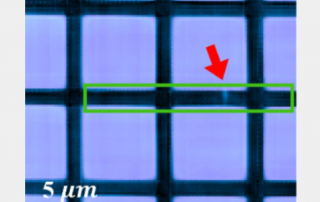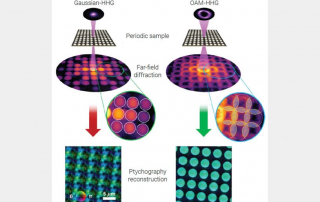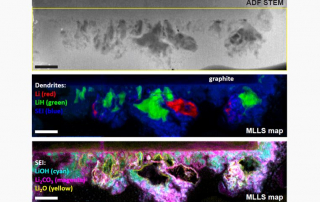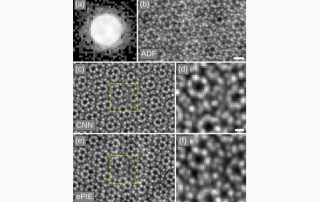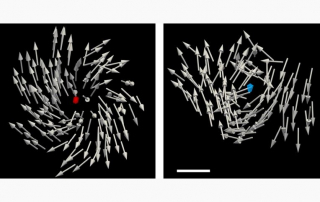Imaging with multimode fiber endoscopes
Abstract: In-vivo imaging through multimode fibers has been recently accomplished. Multimode fibers are attractive for endoscopic applications due to their thin cross-section, a large number of degrees of freedom, and flexibility. However modal dispersion and intermodal coupling preclude direct image transmission. The development of fast spatial phase control enables focus scanning and structured illumination for different novel imaging modalities. We discuss the implications of these techniques for ultrathin optical endoscopy.
Speaker Bio: Prof. Rafael Piestun received the Ingeniero Electricista degree from the Universidad de la República (Uruguay) and MSc. and Ph.D. degrees in Electrical Engineering from the Technion – Israel. From 1998 to 2000 he was a researcher at Stanford University. Since 2001 he has been at the University of Colorado Boulder where is a professor in the department of Electrical and Computer Engineering and in the Physics department. He is a fellow of the Optical Society of America, was a Fulbright scholar, an Eshkol fellow, received a Honda Initiation Grant award, a Minerva award, a Provost Achievement Award, and El-Op and Gutwirth prizes. He was associate editor of Optics and Photonics News and Applied Optics. He is founder of the company Double Helix Optics (SPIE Prism Award, First Place in the Luminate Competition) and the company Modendo Inc. His areas of interest include computational optical imaging, superresolution microscopy, volumetric photonic devices, scattering optics, and ultrafast optics.
